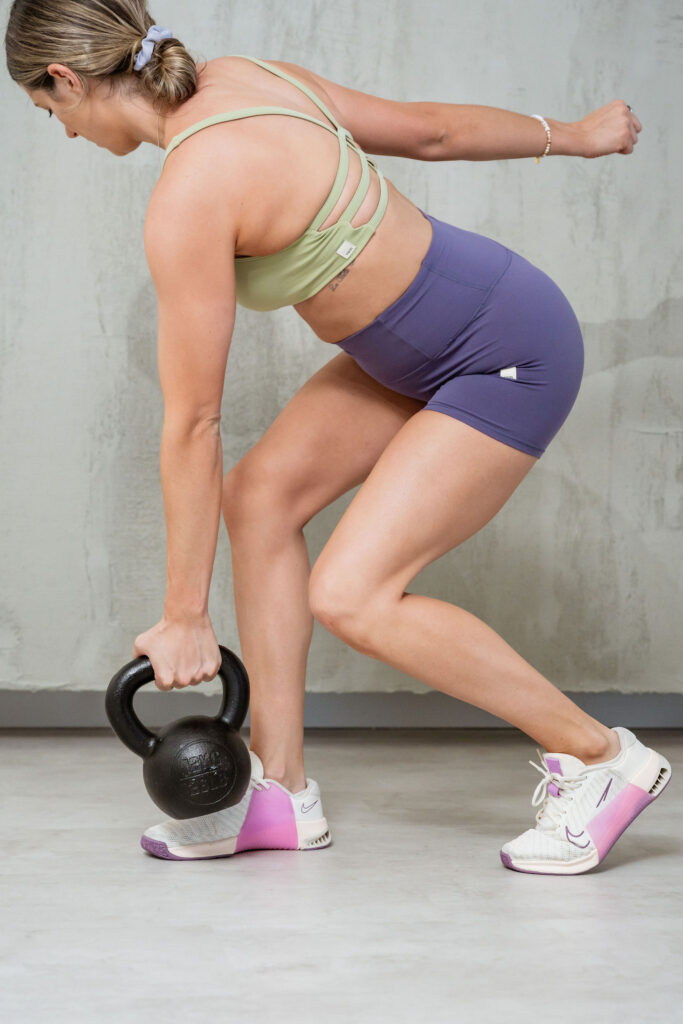
We joke about a flatter butt after having a baby, but it’s a real thing. So many women have decreased glute size and strength postpartum. And here’s why:
As your bump size grows during pregnancy, the position of the pelvis alters, you rib cage shifts and the relaxin hormones causes laxity in your joints which we need for birth. This change in alignment puts more pressure on your low back, stretches your core muscles, adds more demand to your pelvic floor, challenges your overall stability, weakens your glutes and tightens the front side of your body. Whew, that was a lot.
Your glutes work hand-in-hand with your pelvic floor. A pelvic floor weakness can result in clenching, excessive gripping or tucking under as compensation to create stability.
AND, If you are doing this with your glutes, chances are your pelvic floor is doing the same. As a result, it becomes harder for your pelvic floor to respond when you really need it to, for example move full its full range of motion during sudden impact like a cough or sneeze. This is where you’re likely to start seeing pelvic floor symptoms. Clenching your glutes also tends to subconsciously happen; when you’re washing the dishes, standing in the shower, cleaning your teeth, holding your baby, waiting at a stop sign or traffic lights in the car (this was me!!) etc.
Our body works as a system and strong glutes = a strong pelvic floor. There’s so much emphasis on your core and pelvic floor (which is great and absolutely needed) but focusing on your glute strength postpartum should be just as much a priority for a well rounded recovery.
So ladies: GROW YOUR GLUTES. Here’s what to include:
- Hip extension: for pelvic alignment and glute max strength.
e.g Glute bridges/hip thrust variations;
- Hinging: lengthen and open your glutes (and pelvic floor) to create a strong contraction.
Length = strength! e.g deadlift variations;
- Internal rotation: your pelvic floor needs hip rotation as well as lateral hip strength.
e.g crossover step ups, rotational lower body;
- Single leg strength: a super simple way to add in pelvic floor and core strength with a direct carryover to everyday movement patterns. e.g single leg deadlifts, skater squats, lunges.
- Ab/adduction: for pelvic stability and rotation at the hip joint. e.g side lying leg lifts, adductor lift offs.
For more guidance on how to approach your return to strength training after a baby, join my Return to Strength programs and start your postpartum recovery TODAY!
I’m deeply passionate about helping women feel strong, informed, and confident through every stage of motherhood. You deserve more than just a list of do’s and don’ts or generic modifications. With years of hands-on coaching across all kinds of athletes and clients, I blend real-world experience with specialized pre and postnatal knowledge to create strength programs that go far beyond basic adjustments. This is high-level, accessible training - built for your body, your season, and your goals
EXPLORE MORE POSTS